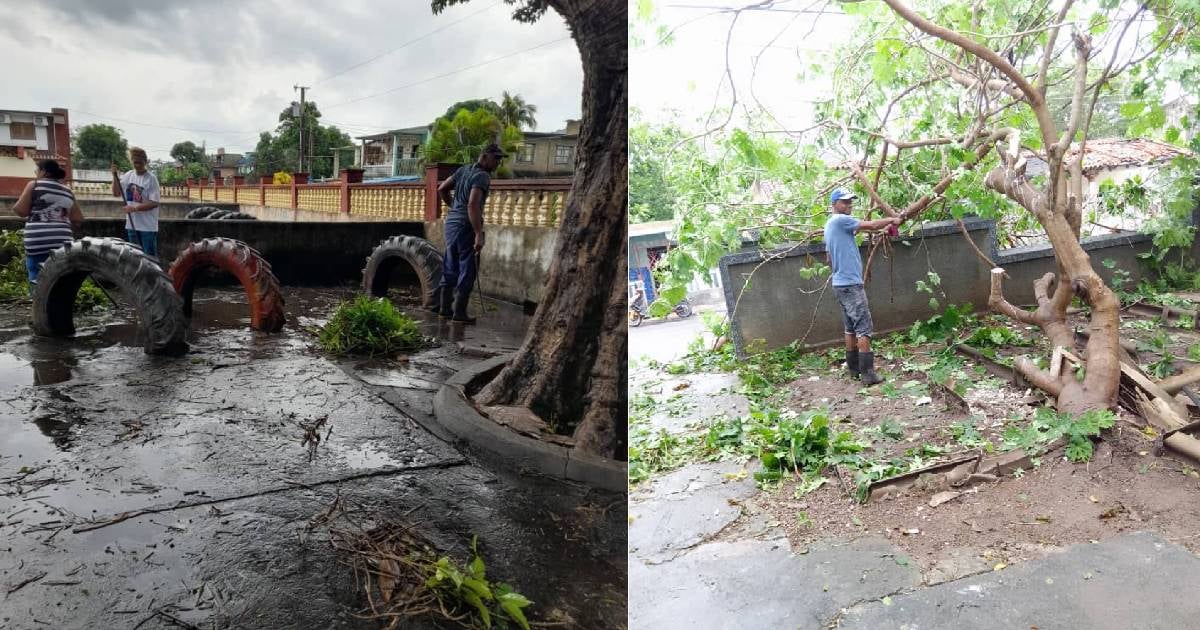
The special municipality of Isla de la Juventud experienced little impact from Hurricane Rafael. The territory mainly encountered the storm's feeder bands, which brought winds and rain, but there were no significant damages.
The National Defense Council classified the damage here as "minor," affecting "housing and state institutions." They reported that in that area, the most significant impacts are located in Cayo Largo del Sur.
They also mentioned that the electrical service is currently restored to 55.7% and assured that "by the end of the day, it will be fully restored."
Regarding this topic, Jeordanis Suárez Rodríguez, director of the Electric Company in that special municipality, told the newspaper Victoria that the actions taken since Wednesday afternoon, when weather conditions still allowed for it, contributed to approximately 18,677 residents now having access to electricity, which represents 55.73 percent of the customers in this area who have access to the service.
On the other hand, on social media, accounts affiliated with educational institutions have started sharing images of the cleaning and organization efforts taking place in their facilities.
"Since early on, we have been at the center for recovery and sanitation," wrote the profile of the Internal Center "Roberto Rodríguez Llorca."
Similarly, it was the document shared by the “José Rafael Varona Berríos” Basic Secondary School.
The "El Colony" hotel, located on the Siguanea road, reported that it had "no type of damage." They also shared images of the Gran Caribe property following the passage of Hurricane Rafael. "Now we need to organize, clean, and get the hotel ready," they stated.
The Minister of Transportation of Cuba, Eduardo Rodríguez Dávila, reported that 758 people had been evacuated from Cayo Largo del Sur in 10 flights beforehand.
The flights were operated on November 4 and 5 by Cubana de Aviación, Aerogaviota, and the Canadian company Sunwing.
Rafael impacted Cuba on the evening of Wednesday, November 6, primarily affecting the western region, including Havana.
With maximum winds of 185 km/h, the phenomenon caused significant damage to homes, uprooted trees, and knocked down electric and telephone poles, leading to a collapse of the power grid that left approximately 10 million people without service.
What do you think?
COMMENTFiled under: